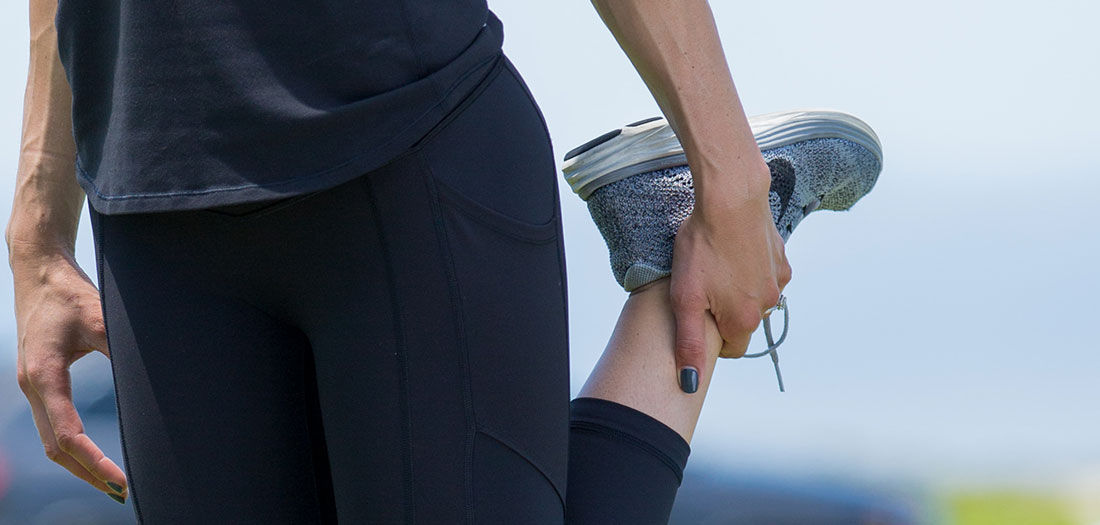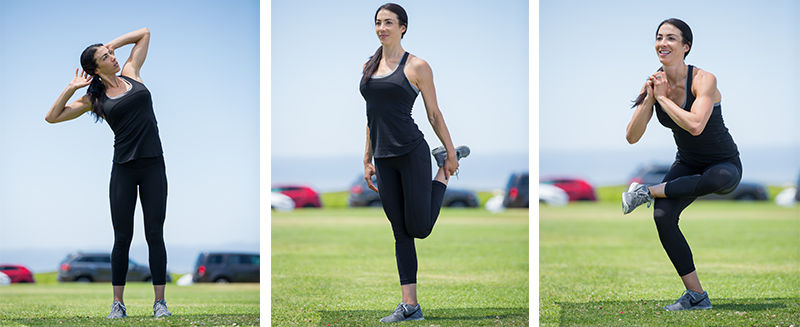 If you’re like most people, you’ve probably suffered from back pain at one point or another. According to the National Centers for Health Statistics, back pain is the leading cause of disability in Americans under 45 years old. More than 26 million Americans between the ages of 20-64 experience frequent back pain and it is listed as the most frequent cause of chronic pain.
If you’re like most people, you’ve probably suffered from back pain at one point or another. According to the National Centers for Health Statistics, back pain is the leading cause of disability in Americans under 45 years old. More than 26 million Americans between the ages of 20-64 experience frequent back pain and it is listed as the most frequent cause of chronic pain.
To keep yourself off the list of frequent sufferers, it’s important to first understand where this problem comes from so you can apply some simple strategies to keep pain at bay.
As a human being, you get to walk around upright. For this to happen, you have a spine up the center of your back that provides an anchor and center point for just about every major articulating joint in your body. It isn’t just a rigid pole holding you upright—it curves in a slight “S” shape, allowing for the different bends, twists and other movements you need to do on a daily basis.
The spine isn’t designed, however, to take on all of your twisting, bending and rotating alone. The joints that articulate with the spine, such as the hips and shoulders, are supposed to work with the spine to make this happen.
When we succumb to the desks, chairs and couches of an inactive lifestyle, these joints that are supposed to work with the spine lose their range of motion. The muscles that help these joints move become immobile and weak. When these joints can no longer work with the spine effectively, the spine has to pick up the slack.
When the muscles that make it possible for joints like the shoulders and hips to move become weak and immobile, the spine has to excessively flex, extend and rotate to allow movement. This places quite a bit of stress on the tissues between the spinal vertebrae. After a while, these tissues become agitated, inflamed and injured. The result is chronic back pain and injury.
A potent two-punch approach to help alleviate some of these issues involves:
- Improving the ranges of motion of the joints that articulate with frequent and efficient flexibility exercises
- Avoiding prolonged periods of sitting
As simple as the two-punch approach sounds, modern daily life no longer naturally facilitates frequent movement. We sit in cars to go to a job where we sit at a desk. After a long day, we relish in the idea of sitting in our favorite chair while watching television. Our ancestors would be alarmed at what has now become a “back-breaking” lifestyle.
If this sounds familiar, it’s time to start running some interference throughout the day to break up your bouts of sitting so you can get your back health back. Try setting a timer to chime every 60 minutes and stand up and perform one of the three stretches described below.
Note: If you experience chronic back pain, you should talk to your physician.

The Standing Rainbow Lat Stretch
The lat muscles are the big “wing” muscles of the back. They attach on the inside of the arm bone and go down the length of the back, all the way to the hips, which are a major intersection of muscles and other interconnected tissue. When you sit hunched forward for long periods of time, the lat muscles shorten. Because it’s such a large muscle, this causes quite a few problems with posture, flexibility and overall mobility. This stretch helps return the lat muscle to its proper length, allowing everything else to follow suit.
- Stand upright with the hands clasped behind the head and feet shoulder-width apart.
- Without bending forward, lean to the left side as if your back is up against a wall.
- Look up at your right elbow.
- Due to poor flexibility, many people will bend forward and twist slightly, almost as if doing a standing “crunch” motion. Avoid this by keeping the spine as tall as possible.
- Hold the stretch for 15-30 seconds and repeat on the other side.
- Repeat two times on each side.
Standing Stork Stretch
The hip flexor muscles are strong, frequently used muscles during upright standing and movement, such as walking, climbing, running and being active. When you sit for long periods of time, these muscles become weak and short. The deepest of these muscles, the psoas, originates on the spine and attaches on the femur (the big leg bone). When this muscle gets weak and short due to inactivity, the hips can’t move the way they are supposed to. The lumbar spine picks up the slack and is forced to bend and stay frozen in positions that cause problems with the connective tissue between the vertebrae. Stretching the psoas muscle helps return it to its natural length and function so it can do what it is supposed to do.
- Stand upright and bring the heel of the left foot toward the left glutes.
- If necessary, grab a desk or other stationary object for support.
- Using the left hand, grasp the top of the left foot near the ankle.
- If unable to grab the foot, use a towel or band to wrap around the foot.
- Squeezing the left glute muscle, stand as upright as possible while bringing the left knee in line with the right knee.
- Slightly push the hips forward while bringing the left heel toward the left glute.
- Maintain flexion of the left glute muscle and tension of the hips pushing forward to prevent the lower back “bowing.”
- Hold the stretch for 15-30 seconds and then switch sides.
- Repeat twice on each leg.
The Standing Figure 4 Stretch
The glutes are powerful hip extensors that help you walk around and stand upright. They also help your hips rotate in and out. If you are inactive, these muscles can become weak and rigid. In this case, hip extension and rotation is replaced with excessive spine extension and rotation during movements such as standing up, walking, running or performing any other physical tasks. Stretching the hip rotators (the glutes) allows them to function through their natural range of motion so the spine doesn’t have to pick up the tab.
- Stand upright and bend the right knee and place the outside of the right ankle right above the left knee.
- Place the hands on a stationary object for support if necessary.
- Keeping the hips facing forward and the spine tall (keep the chest up), slowly bend the left knee while pushing the hips back.
- Continue to bend the knee, keeping the hips forward and the spine tall, until a substantial stretch is felt in the right glute area.
- Hold this position for 15-30 seconds.
- Repeat twice on each leg.
Set a timer and move strategically with these three stretches throughout the day to avoid becoming a back pain statistic.




 by
by 



